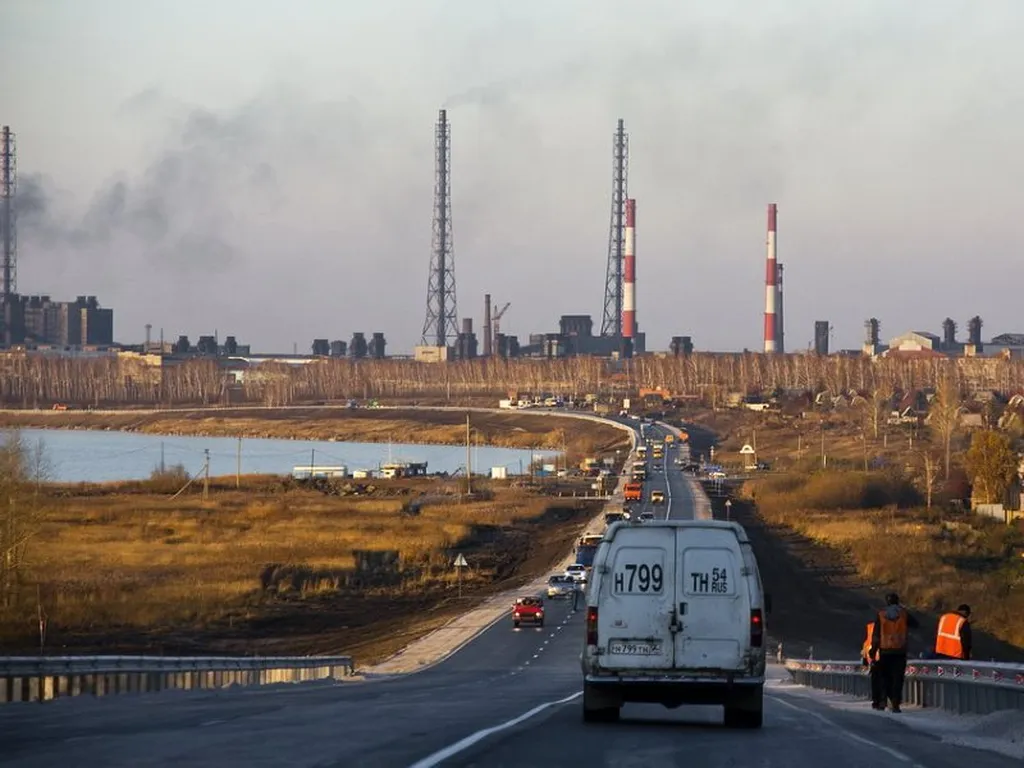In the heart of Russia, a critical issue is brewing along the shores of the Novosibirsk Reservoir, a vital water body serving multiple purposes, from water supply to recreation and navigation. The reservoir, spanning the Novosibirsk region and the Altai territory, is facing increasing threats from erosion, landslides, and flooding, putting the safety of the population and the integrity of hydraulic structures at risk. This is where the work of Tatiana Pilipenko, a researcher from the Novosibirsk State University of Architecture and Civil Engineering, comes into play.
Pilipenko’s research, published in the International Journal for Computational Civil and Structural Engineering (Международный журнал по вычислительной гражданской и строительной инженерии), focuses on determining the optimal type of shore-protecting hydraulic engineering structures (CPHS) for the Novosibirsk Reservoir. Her work is not just about protecting the shoreline; it’s about ensuring the safe operation of hydraulic structures and preventing emergency situations that could have significant commercial impacts, particularly in the energy sector.
“The presence of such infrastructure facilities obligates the state to ensure their safe use for the population of the country,” Pilipenko explains. “This includes erecting and safely operating hydraulic structures, preventing the occurrence of emergency situations related to flooding and floodplain flooding.”
The research is timely, given the increasing frequency of adverse conditions and negative developments such as dam collapses, accidents at waterworks, and flooding threats to urban areas. These issues are directly related to the condition of hydraulic structures and their service life, highlighting the need for reconstruction and the construction of new protective structures.
Pilipenko’s study analyzes existing types of CPHS, their characteristics, and usage conditions to determine the most effective solution for the Novosibirsk Reservoir. This research is not just about addressing immediate concerns; it’s about shaping future developments in the field of hydraulic engineering.
“Protection of coastal areas of reservoirs is particularly important in today’s world, as climate change and human impact have a negative effect on this area,” Pilipenko notes. “One of the effective ways to protect is the use of coastal protective hydraulic structures (CPHS).”
The implications of this research extend beyond the Novosibirsk Reservoir. As climate change continues to impact water bodies worldwide, the need for effective shore protection structures will only grow. Pilipenko’s work provides a valuable framework for other regions facing similar challenges, offering a roadmap for ensuring the safety and longevity of hydraulic structures.
In an era where the safety of populations and the integrity of infrastructure are paramount, Pilipenko’s research serves as a beacon, guiding the way towards more resilient and sustainable hydraulic engineering practices. As the world grapples with the realities of climate change, her work reminds us of the critical role that innovative engineering solutions play in safeguarding our future.

